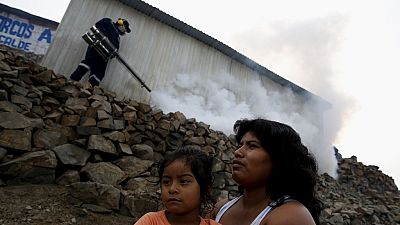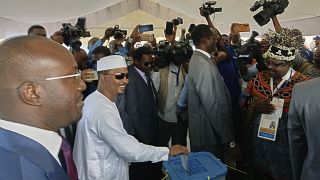Disease
Zika virus is being linked to a malformation of the brain in the foetus. But what are the facts behind the disease?
The first pockets were discovered in Uganda in 1947. How come the virus is now in South America? Africanews spoke to Dr. Laura Rodrigues, a Professor of Infectious Disease Epidemiology at the London School of Hygiene and Tropical Medicine.
“Why it started moving, we don’t know. There’s a lot we don’t know, but it could be that the virus had some mutation that made it easier to transmit, it could be there’s just more global travel. People travel more and if the infected person moves from a country to another country then a mosquito in the new country bites the person and can transmit.”
Is it easy to diagnose Zika?
Laura Rodrigues: In the beginning of the Zika epidemic in Brazil people did not know how to differentiate from dengue, now it is starting to be clearer. For example, the rash comes before the disease, whereas for dengue, first you get ill for a couple of days before you have the rash. With dengue, it is very rarely you get red eyes and itching, so we’re starting to get it clearly.
What causes Microcephaly?
Laura Rodrigues: Very early on, it became clear that babies with microcephaly had calcifications in the brain so we knew it was an infection. There is a list of infections that can cause congenital infections and microcephaly and we excluded all of them, it was none of them, so it’s a new infection causing microcephaly. So when we diagnosed microcephaly, the harm was done. The structures of the brain were already missing so we could not reverse the harm.
Is there any treatment?
Laura Rodrigues: There is a research question whether there is antiviral treatment that might be protective to be given to the mother whenever she’s infected and that might reduce the likelihood of transmission to the baby. It’s very early days, but it’s a possibility of research.














00:40
Easter sunday: pope calls for the end of conflicts
02:00
Cameroon: children receive first malaria vaccines
02:42
Climate change fuels Malaria crisis in Kenya
Go to video
Stigma against gay men could worsen Congo's biggest mpox outbreak, scientists warn
02:30
Ghana legalizes cannabis cultivation for medical and industrial use
Go to video
Zambia facing a double epidemic of cholera and anthrax